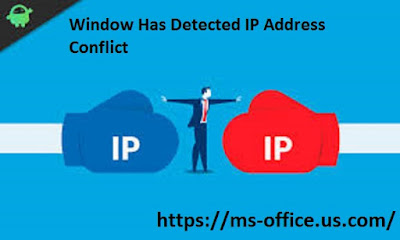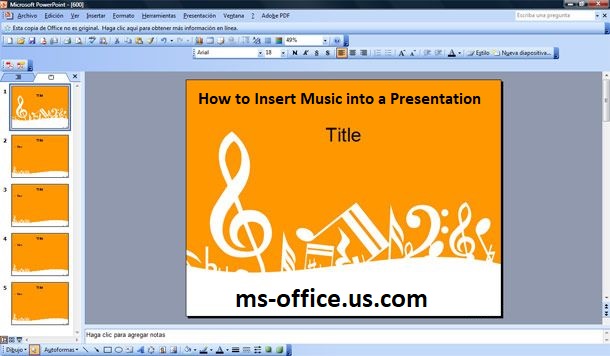How To Develop Business Apps Using Microsoft Powerapps?
PowerApps is a program offered by Microsoft for the development of business applications. The apps developed are based on web technology and operate completely within the browser. They can be used on Windows 10 devices, smartphones and tablets. In this blog post , you'll find everything you need to be aware of PowerApps as well as its benefits and advantages. www.office.com/setup
What Keeps Powerapps Aside From Others?
It is not necessary to be an expert in programming in order to build an app using PowerApps. This makes it different from other ways of mobile app development , such as creating an iOS application that requires deep knowledge about Objective-C as well as Swift programming.
What Can Be Achieved With Microsoft Powerapps?
PowerApps can be utilized across different areas of your business. In particular, it is used for the creation of forms and interfaces for internal company information that's already there. However, completely new development projects can be developed with PowerApps. You can draw from the vast variety of components for the user interface, including input fields for numbers, text images, barcode scans and images as well as diagrams, buttons and previews of files.
They can be placed wherever you'd like, or even integrated into gallery views or lists. They are linked and placed on the screens you have defined. This creates a direct connection to the component and information.
Anyone can make and distribute PowerApps. They will receive assistance in creating the right links using the information and also when creating the app within the workplace.
The most well-known applications of PowerApps is for SharePoint forms. If you've ever had the pleasure of modifying you've modified input and edited forms within SharePoint with InfoPath or Nintex forms you'll be delighted to have an excellent successor. In contrast to InfoPath and Nintex Forms, these changes work instantly on mobile devices too as other features.
Types Of Apps
You can currently create two kinds of applications that differ with respect to their data source. The most popular apps are what are known as "Canvas-Apps". In these apps, you can make a the freedom to select the required screens and controls that you can place on the interface (like painting an image). Then, you can connect to gateways and services that connect information on the control.
"Model Driven Apps" are an alternative type of PowerApp. In this scenario the models control the design of the app. In this instance, the word model refers to your own representation of data and business processes. The data that is generated in these applications could be put in a system of data storage developed by Microsoft which is also known as The Common Data Services.
Using Company Data
In the majority of cases, PowerApps are not able to live in isolation. Instead, they utilize the existing data sources and data sources inside the organization. It starts with information about the organization, like "Who is my manager" and moves to data stored in databases owned by the company and documents that are accessed via SharePoint.
PowerApps is organized with Connectors which allow you to connect to a variety of services. Connectors define the interface of the service and what data can be processed by that service. It is the SharePoint Connector for example lets you extract information from lists, alter list entries , and then add new ones after you have been on the page that you are using as the source. Additionally, documents from document libraries can be read and saved. The Connector works with SharePoint Online or , alternatively, the SharePoint Server in your business.
Over 125 Connectors are available, and are classified as Premium and Standard. Only you can utilize Premium Connectors when you've been licensed for at the very least 1 PowerApps Plan 1 for your users.
However, even those Standard Connectors provide all the essential options to work with information from Microsoft products such as Exchange, SharePoint, Teams or Dynamics.
The main benefit is the possibility of connecting with data through your in-house Data Gateway. It's not required to have your data and databases to be hosted in the cloud. The Gateway establishes a connection between PowerApps (as along with other applications like Flow as well as PowerBI) as well as local sources, such as SQL Server databases, file shares, and SharePoint farms. The information can be utilized in the PowerApp from any place across the globe.
Publishing Apps In The Company
PowerApps are able to be distributed within the entire organization or available to specific user groups. For example the HR management application could be only accessible to employees of the department of human resources. This lets you control who is using the app and every employee will be provided with a collection of applications that are adapted to their specific needs.
If you are planning to install PowerApps for devices such as iPhones and iPads, then the process, according to me is much simpler than making use of an Apple App Store. Why? because your apps don't have to be inspected by Apple. It's almost like they ride on tablets and smartphones utilized by your employees, riding on the backs of PowerApps developed by Microsoft.
The release of updates doesn't need any approval from manufacturers of smartphones, which means that they're available right away.
Where Are Microsoft Powerapps Executed And Stored?
PowerApps are accessible directly on phones and on the web browser You can likely imagine where they are stored. In the Microsoft Cloud. It also manages the hosting and distribution to devices at the end.
It is possible to continue to save your data on your own systems, which means you don't have to move all those systems over to the cloud to utilize PowerApps.
How Much Does Microsoft Powerapps License Cost?
PowerApps are licensed by the user and are accessible through monthly subscriptions. PowerApps are already included when you are a subscriber to an Microsoft 365 License (in Microsoft 365 Business Essentials, Business Premium, E1, E3, E5, F1 Plans and other plans).
Additionally, there are two premium plans (P1 as well as P2) that are available for users who are not a group. These Premium Plans permit the usage of Premium Connectors and also granular app management. If you own the Dynamics 365 license, you have access to all the features that are included in the Premium P2 Plan.
It is not required to provide all users with Premium Plans. Most of the time the features offered by Microsoft 365 Plans will be adequate for the required use scenarios.
Data Gateway on premises Data Gateway will only be available to customers with PowerApps Plan 1 and above in the near future.
If you'd like to learn more about how to obtain the Microsoft 365 License activated, read our guide about how you can activate Microsoft 365. office.com/myaccount



